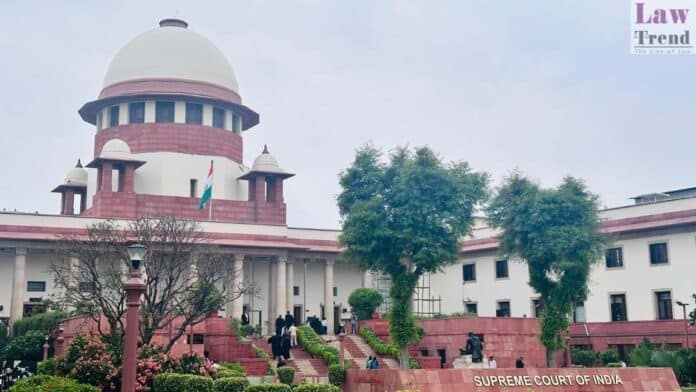The Supreme Court has emphasized the urgent need for a coordinated and unified approach among key stakeholders to address carbon emissions arising from power generation. Stressing the importance of collaborative planning and execution, the apex court directed the Ministry of Power to convene a joint meeting with the Central Electricity Authority (CEA) and the Central Electricity Regulatory Commission (CERC).
A bench comprising Justices P S Narasimha and A S Chandurkar issued the directive in an order dated July 22, observing that achieving both short-term and long-term emission reduction goals requires all entities involved—policy makers, regulators, and the power industry—to operate in unison.
“In order to address the issue of carbon emissions arising out of power generation, we deem it necessary that all stakeholders must be on the same platform to discuss, formulate and implement the plan systematically and consistently,” the bench noted.
The order came in response to a plea linked to a National Green Tribunal (NGT) directive. The NGT had earlier ruled on an application seeking climate impact assessments during the appraisal process for environmental clearances.
The Supreme Court has now impleaded the CEA and the CERC as parties to the case and issued notices to them. It also asked the Ministry of Power to submit a joint affidavit within four weeks outlining the current legal regime and a concrete plan of action to reduce carbon emissions in the power sector. The matter has been posted for hearing on August 19.
The bench referred to its earlier ruling from February 21, 2025, which recognized climate change as one of the most serious global challenges, leading to increased temperatures, erratic weather events, and natural disasters. “It is compelling for individuals and institutions to converge and adopt a coordinated effort to effectively deal with the emerging situations,” the court reiterated.
In the ongoing proceedings, the court noted that written submissions from the Centre and the amicus curiae had identified the power sector as contributing approximately 8% of total carbon emissions—alongside other sectors like construction (30%) and crop residue burning (3%).
The Ministry of Environment, Forest and Climate Change has also submitted an affidavit detailing current steps taken to regulate emissions in the power sector. The Supreme Court is now preparing to assess these measures and their adequacy in light of India’s broader climate goals.




